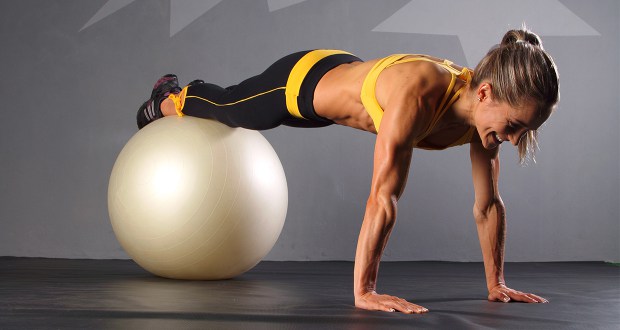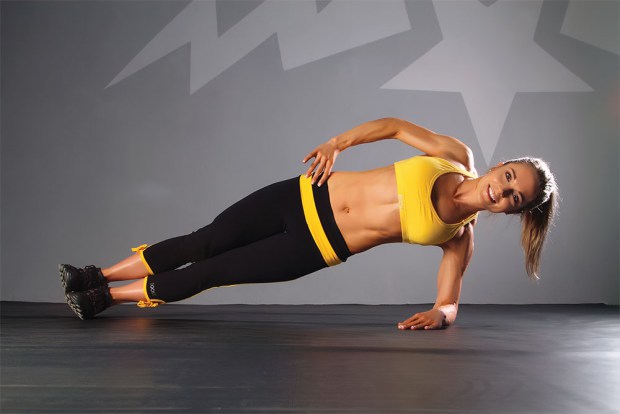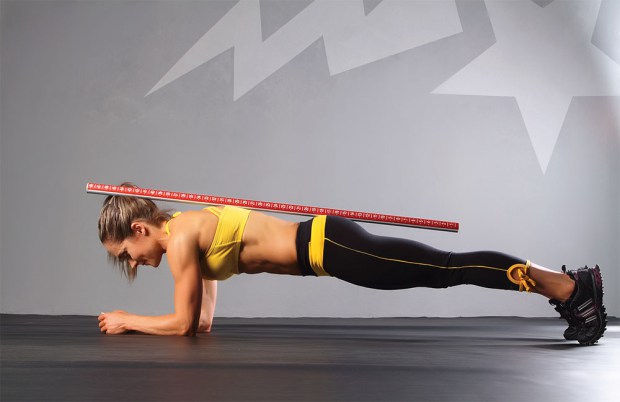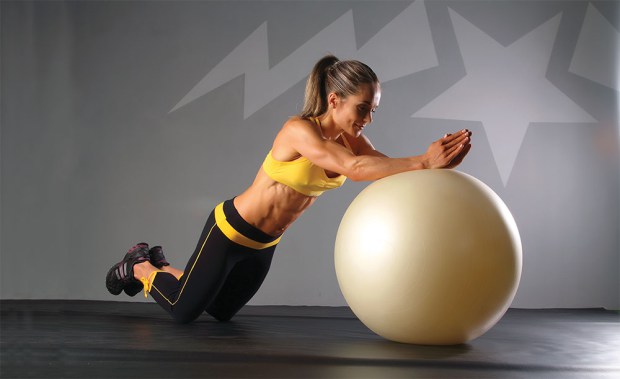Building a Power Core
Photo by Cindy Ellis. Performed by Emmerentia Rautenbach
The best way to get a strong core is to overload it with exercises that require stabilisation and prevent spinal and pelvic movement.
After all, this is what our core was designed to do. The exercises provided in this workout train neutral spine and pelvis positions under load according to the core’s following functions:
- Anti-extension of the lumbar spine
- Anti-lateral flexion of the lumbar spine
- Anti-rotation of the lumbar spine
- Hip flexion with neutral spine and pelvis
Before you start!
Before diving into the prescribed exercises you should have a basic level of core stability and strength to complete this workout successfully – and safely. This means you should be able to perform the following:
A Side Plank with perfect from for 60 seconds
A Core Plank with perfect form for 60 seconds
Get your training partner to time you while performing these exercises. If you do not meet the time requirements you should first aim to improve your basic core strength and stability with less advanced exercises. Your first step would be to add these test exercises into your regular training programme.
Stability ball rollouts
Kneel on the floor and place your forearms on a stability ball or hold the ab wheel. Your upper arms should form a 90-degree angle with your body and your hips should be bent at 90 degrees.
Engage your abdominals, keeping them tight throughout the movement. Roll the ball/wheel forward by slowly extending your hips and arms, opening up the 90-degree angles with your arms. Gradually stretch your arms out as far as you can while maintaining a neutral spine and pelvis. Perform 2-3 sets of 6-12 reps.
Keep your chest up throughout the entire movement. Don’t allow yourself to “crunch” over. Extend your hips and arms to equal degrees. Don’t go too far – if your back begins to arch you’ve gone too far. If these exercises feel easy usually you’re doing them wrong.
Offset farmer’s carry
Hold a dumbbell or kettlebell at your side with a tall upright posture.
Using normal strides walk 15 metres, turn and return to the starting position. Swop hands and repeat. Perform 2-3 sets of 30 metres per side.
The key is to maintain a perfect upright posture throughout the walk. Stand tall, keep your shoulders back and avoid bending to the side.





